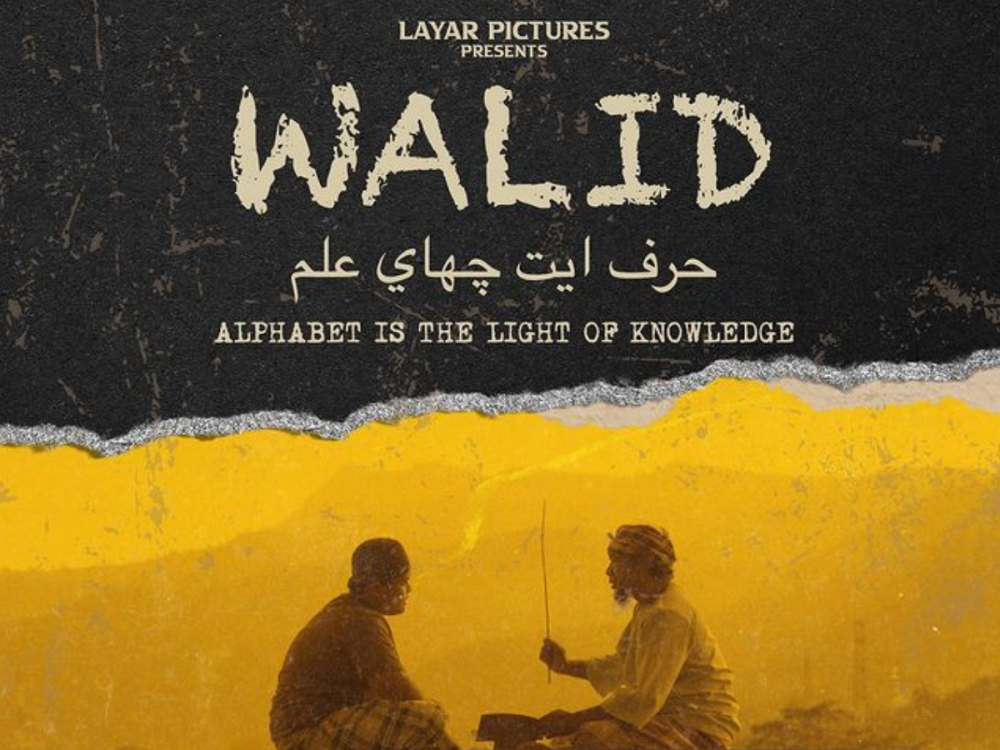SEPTEMBER 23 ― Enjoying and evaluating action movies, especially those that fall under the martial arts/fight flick category can be pretty tricky.
It’s a genre that’s notorious for not having much of a story and is more concerned with delivering an endless stream of impressive fight scenes instead.
Just this fact alone will turn off quite a lot of film fans, because most people would expect movies to at least tell a story in a coherent manner, and that story better not be too basic to avoid claims of “I could’ve come up with that!”
Yes, there have been plenty of fight flicks out there with a not-too-basic storyline in the history of cinema, and they contain great fight scenes as well.
But, for me, as a fight flick aficionado, a good story is only a bonus when it comes to action movies. I think I speak for most fight flick fans out there that what we look for when we watch an action movie are impressive action/fight sequences, preferably well-choreographed, well-shot and edited with pinpoint clarity.
That is why people loved The Raid: Redemption, the first John Wick movie and those early Tony Jaa movies like the first Ong Bak and Tom Yum Goong.
This is because the artistry in action movies lies in the conception and execution of the action set-pieces, not in the conception of the story.
It’s in the choreography of the action, the decision-making behind the placement of the cameras and how to move them to match or even enhance the action choreography, and last but not least, the precise editing needed to assemble all those shots to present a coherent and dynamic action scene.

I’m starting with this because to really enjoy and appreciate Walid, the new film from director Areel Abu Bakar (who first made his name with the pretty kickass Geran), one must be quite aware of this convention surrounding fight flicks.
It’s a bit like people complaining that people bursting into song in movie musicals are not logical/natural when that convention is pretty much what distinguishes it as a genre.
But let’s get back to Walid. For all of this talk about "no story, all action", Walid, in fact, actually has one!
Except for a short burst of fisticuffs during the film’s first 10 minutes and another short one about 20 to 30 minutes later on, the first 50 or so minutes of this movie is spent almost exclusively in the company of its namesake lead character (played by Megat Sharizal), a guy who voluntarily teaches poor undocumented children (of Thai descent) in a village somewhere in Perlis.
The movie’s first half more or less plays like a pseudo-documentary or realist piece of social justice cinema, bringing to light the issues and problems facing these undocumented children, especially their inability to enter the public school system in Malaysia.
One day Walid comes across a kid named Aisha (another eye-catching performance by Putri Qaseh, after her outstanding turn in Roh) watching his class from afar, and strikes up an almost father-daughter like relationship with her as he takes her under his wing.
Also playing in the background during this first half is a story involving a child trafficking syndicate, lead by Pak Ku (played by Namron), and these two plots finally collide when they kidnap Aisha somewhere around the halfway mark of the film, leading to Walid going on a rampage for the whole of the second half of the film to rescue her from their clutches.
Fifty minutes of socially conscious melodrama, much of it quite roughly edited and pretty blatantly sentimental just to tug at our heartstrings, might be a bit much for most people, and maybe even to some hardcore fans of fight flicks, but if you can just stick around until that crazily violent second half of the film starts to unfold, you’ll be rewarded with some truly brutal and bone-crunching action.
A crazy, long and non-stop barrage of action to end a film is not exactly something new or unique as it’s been done before in films like 13 Assassins and Crazy Samurai Musashi, but where Areel Abu Bakar tries to distinguish Walid from others is that this super-long and exhaustive battle royal is presented with an ensemble cast of fighters, which therefore means that there’s a lot intercutting between different fight scenes going on here.
This transition from such a tight focus on Walid during the film’s first half to a second half brimming with multiple characters involved in one-on-one or one-on-two fights, all intercut between each other as they each reach different levels of difficulties/bad guys (imagine maybe three or four different Mortal Kombat/Street Fighter fights happening simultaneously) can be a bit jarring to take at first, but once you’ve settled into the film’s groove, you’ll be treated to a punishingly brutal and graphic series of fights that involve plenty of bones and limbs being broken, with even some blood and gore thrown in just for fun.
It is a far from perfect film, as the almost clumsily executed first half can really test your patience, but the gloriously chaotic mayhem of the second half is enough reason to keep an eye out for this one.
I look forward to the next piece of carnage that director Areel Abu Bakar comes up with.
* This is the personal opinion of the columnist.






















